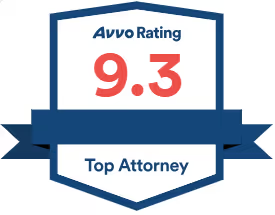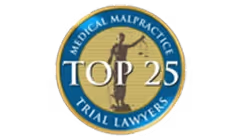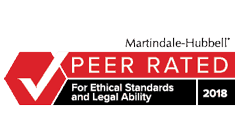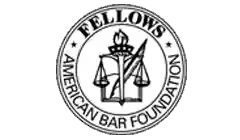Keith H. Gross, one of the partners at The Jacob D. Fuchsberg Law Firm, developed and ultimately settled this tragic case at a mediation for millions of dollars. Our client, who was then 33 years old, had sustained a pathologic fracture of one of his lumbar vertebras during chiropractic manipulation, which fracture compressed his cauda equina nerve roots. The cauda equina is a group of nerves and nerve roots stemming from the distal end of the spinal cord, typically levels L1-L5, and contains axons of nerves that give both motor and sensory innervation to the legs, bladder, anus, and perineum. A pathologic fracture is a fracture where the bone has deteriorated and weakened due to some underlying pathology, such as a tumor, osteoporosis, or osteopenia.
While the defendant neurosurgeon surgically decompressed the cauda equina nerve roots, and sent at least some of the excised tissue to Surgical Pathology, he failed to excise or fully excise a tumor at L3, which had caused the pathologic fracture at L3. Accordingly, the tissue sample defendant had biopsied and sent to Surgical Pathology was incomplete and did not contain tumor; his biopsy of the tissue constituted a sampling error and prevented Surgical Pathology from making the correct diagnosis.
A L3 tumor, whether a benign growth or a malignancy, was within the probable diagnoses, supported both by the pre-operative radiology and clinically in light of the probable pathologic fracture, since a lumbar vertebral fracture is highly unusual in a 33-year-old patient, even one undergoing chiropractic manipulation. When the Surgical Pathology Report came back as degenerative cartilage, the defendant failed to appreciate that the Pathology result was discordant both clinically and with the radiology. As a consequence, defendant failed to re-biopsy the L3 area.
By virtue of these departures from good and accepted standards of medical and neurosurgical care, the tumor at L3 went undiagnosed for six months despite the patient’s continuing and worsening pain complaints which he communicated to defendant during post-operative office visits. The tumor, although benign, continued to grow, recompressing the cauda equina nerve roots and expanding against the great abdominal blood vessels. When the tumor was finally diagnosed by another physician, its juxtaposition against large abdominal blood vessels precluded its complete surgical removal. In addition, high doses of intravenous corticosteroids were required to treat the enlarged tumor’s cauda equina re-compression, which, in turn, resulted in a well-known adverse reaction to corticosteroids, the collapse of the heads of both femurs. This femoral head collapse was exquisitely painful and led to erosion of the femoral head and the cup of the acetabulum, which together represent a ball and socket joint. This condition, known as avascular necrosis of the femoral heads, has required our client to undergo one total hip replacement; he will likely have the same operation on his other hip. Presently, he ambulates using a crutch to unweight the hip that requires a hip replacement.
Moreover, the remaining tumor at L3 may start to grow again at any time, causing further disability and obliging our client to undergo further surgery to remove as much of the resurgent tumor as possible or undergo alternative and debilitating treatment, such as radiation therapy.
Besides the overwhelming pain and debility these permanent injuries have caused to our client, the services he can provide to his wife and child are greatly impaired. A once successful certified public accountant in early mid-career, he is no longer able to work.
We were able to achieve a multimillion-dollar settlement for our client due to the insightful and endlessly diligent work of our partner Keith H. Gross and others at our firm.
FAQ

.svg)











